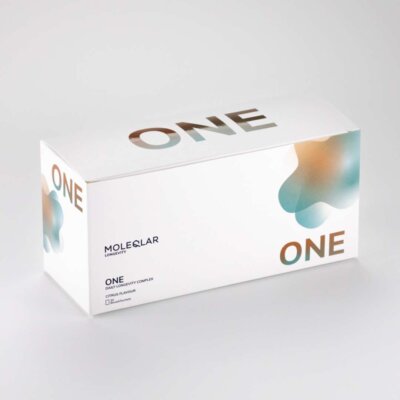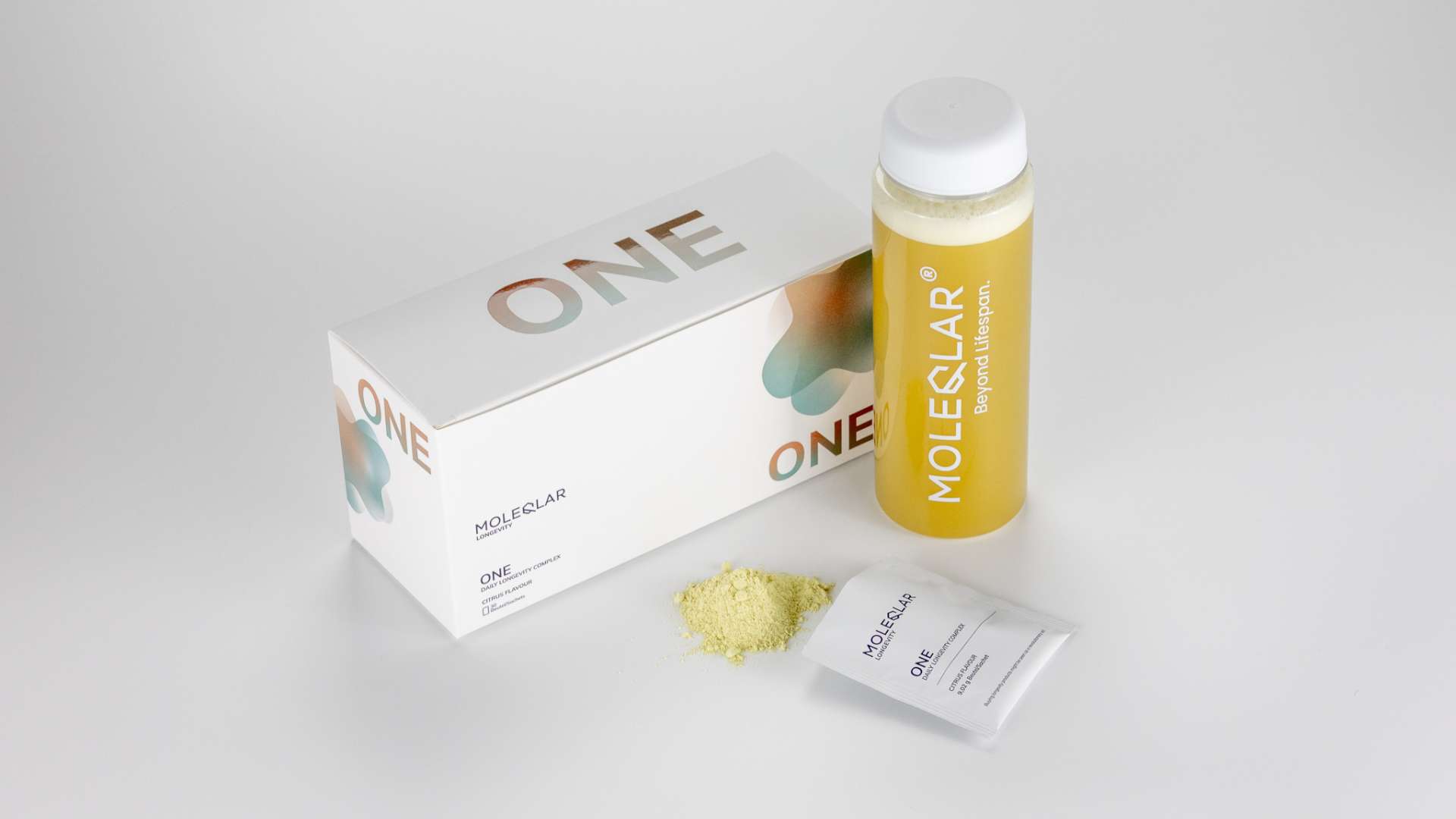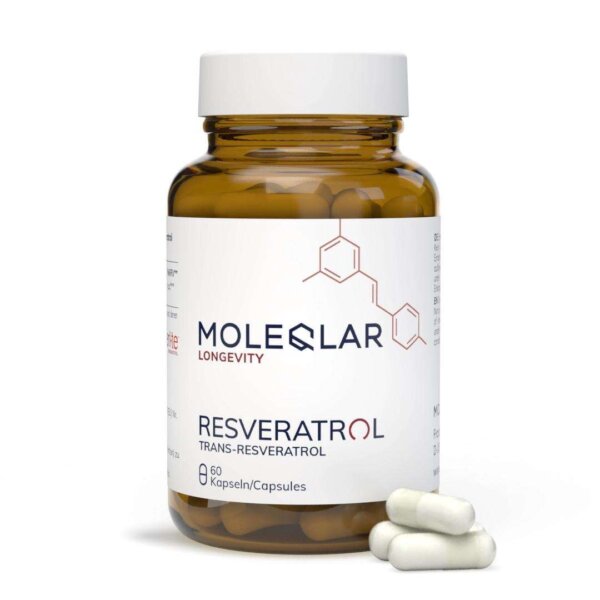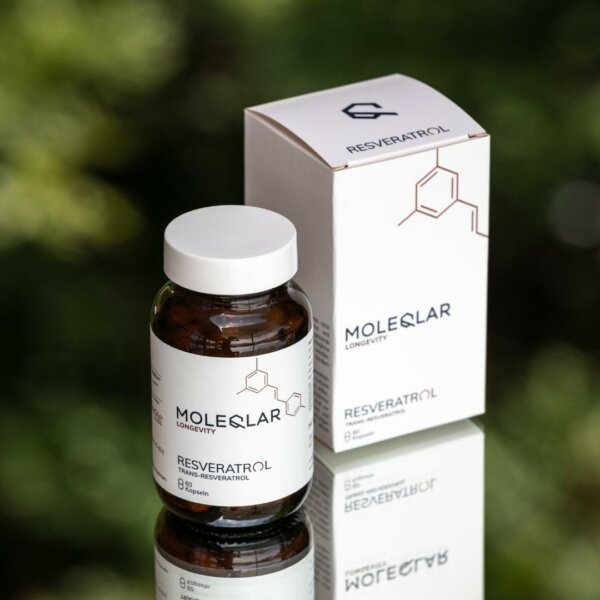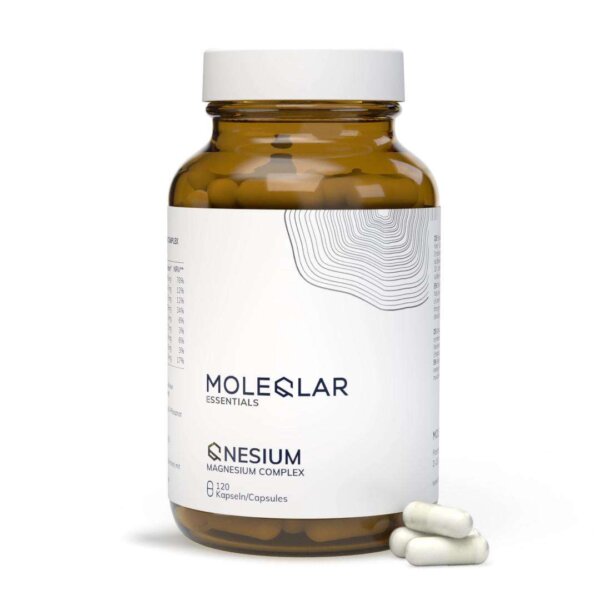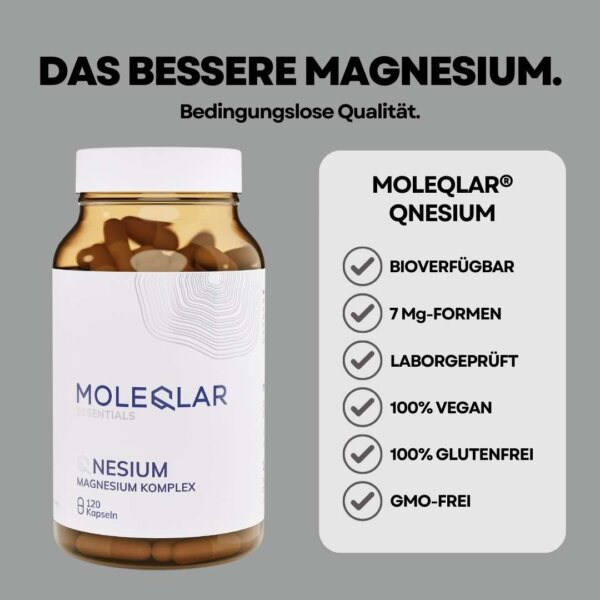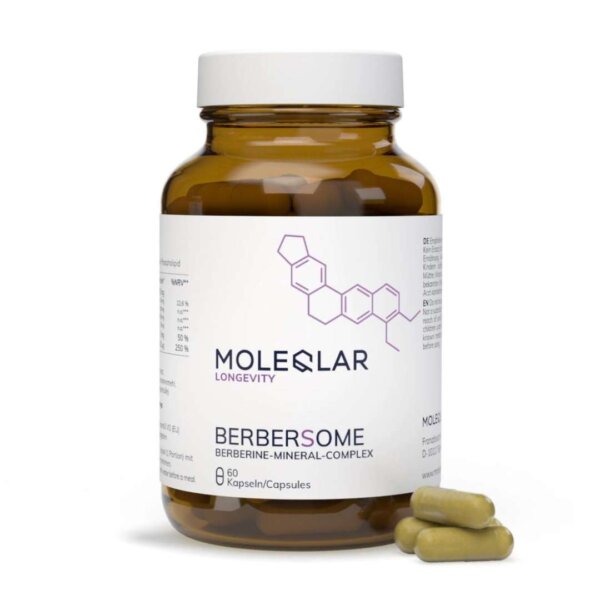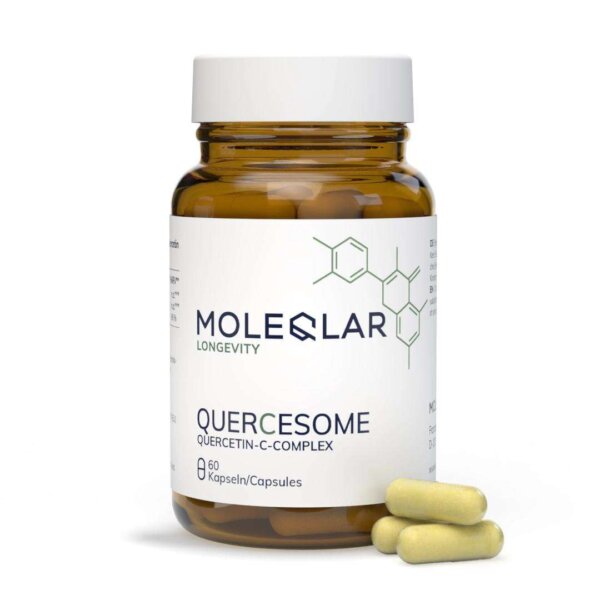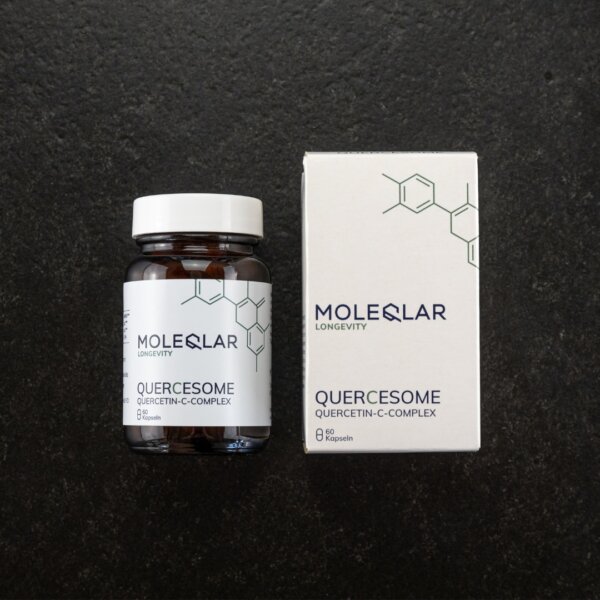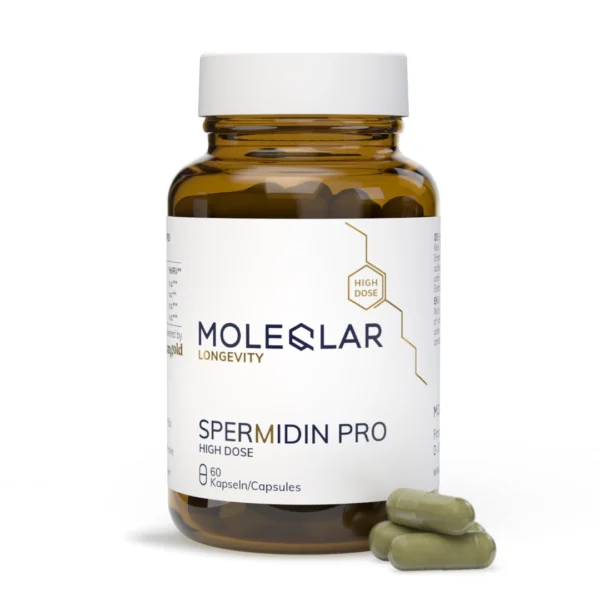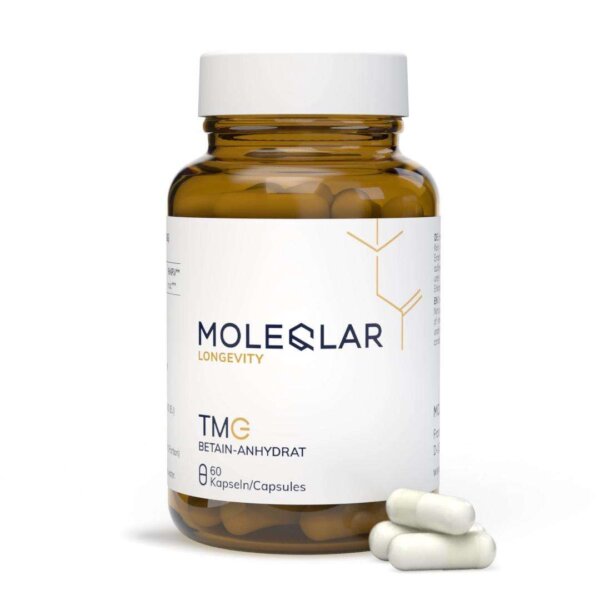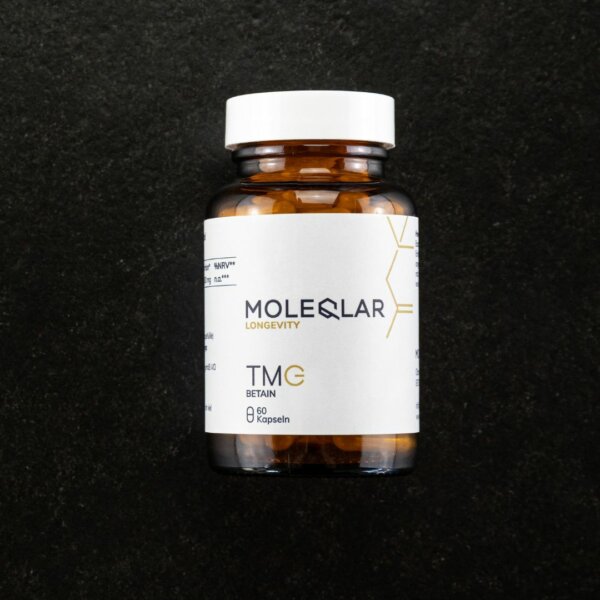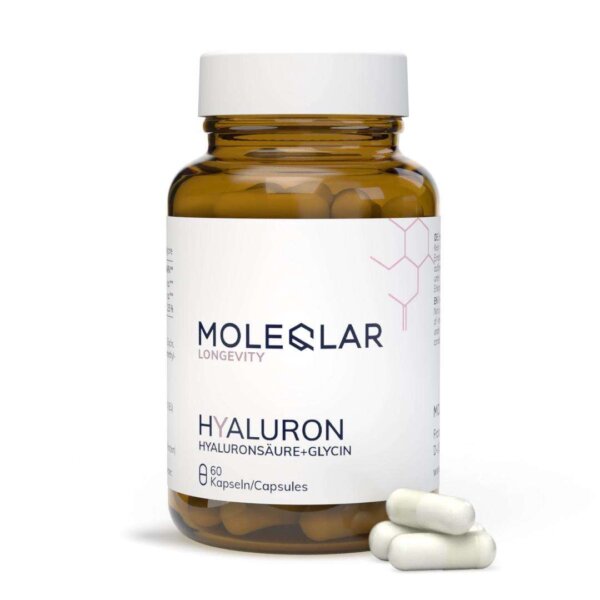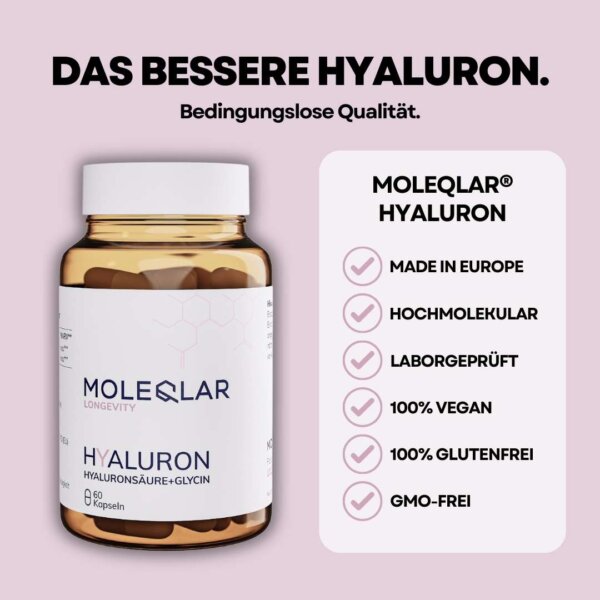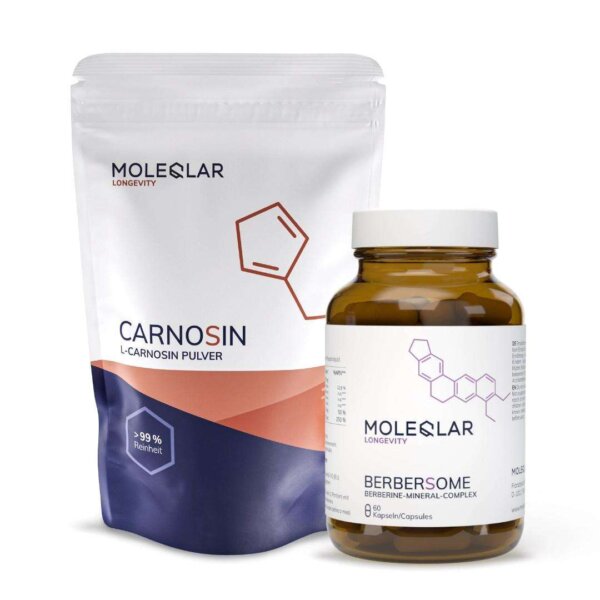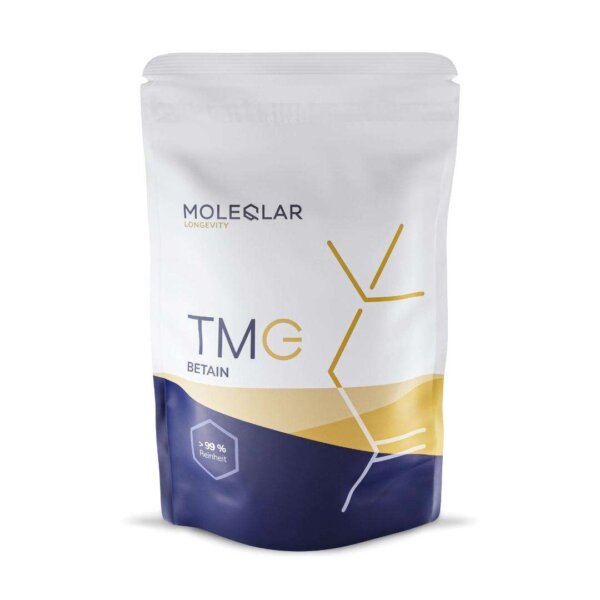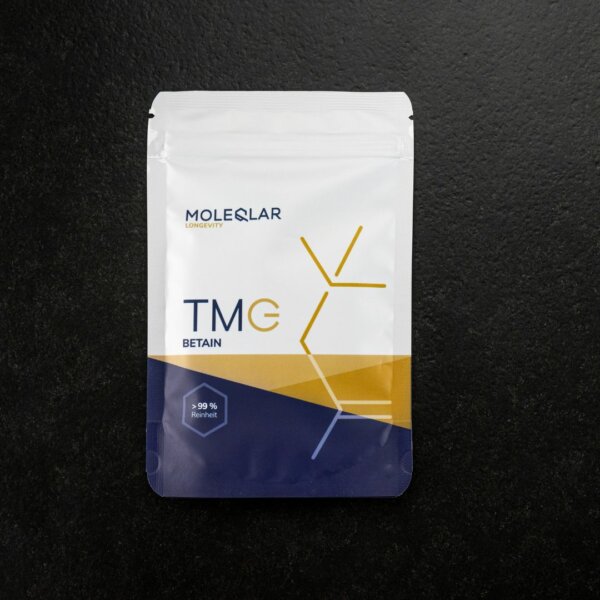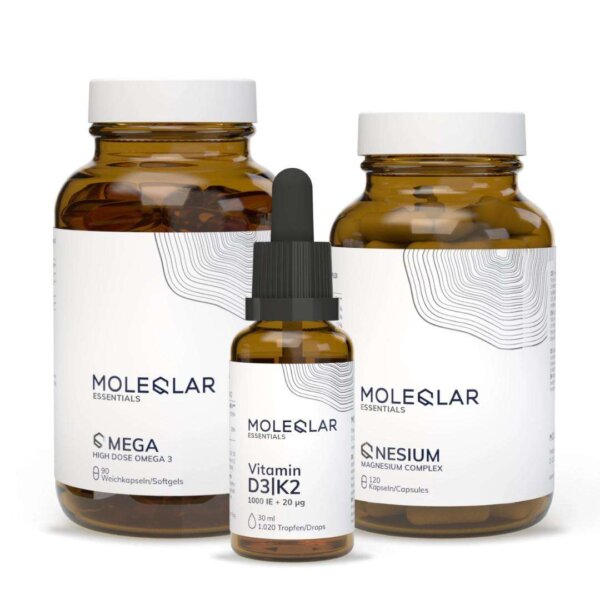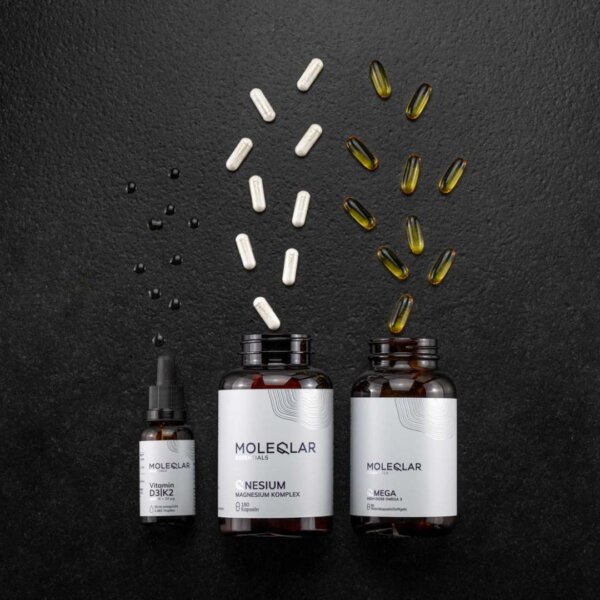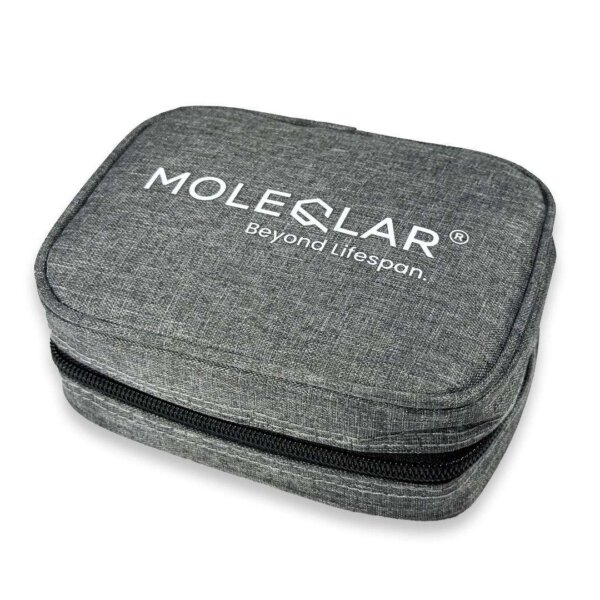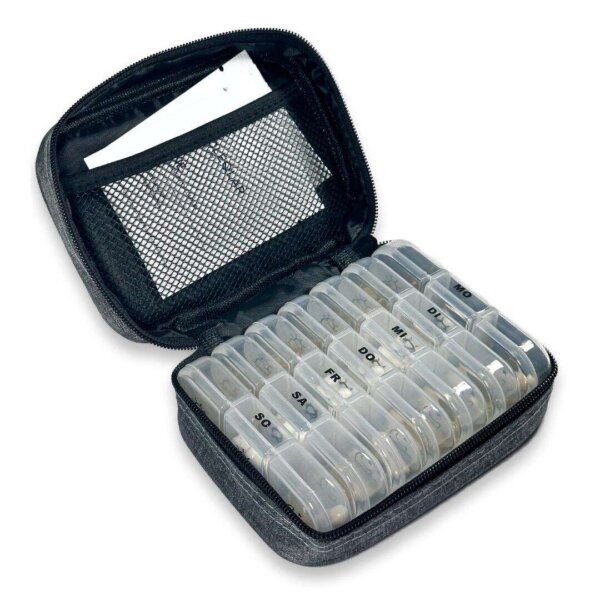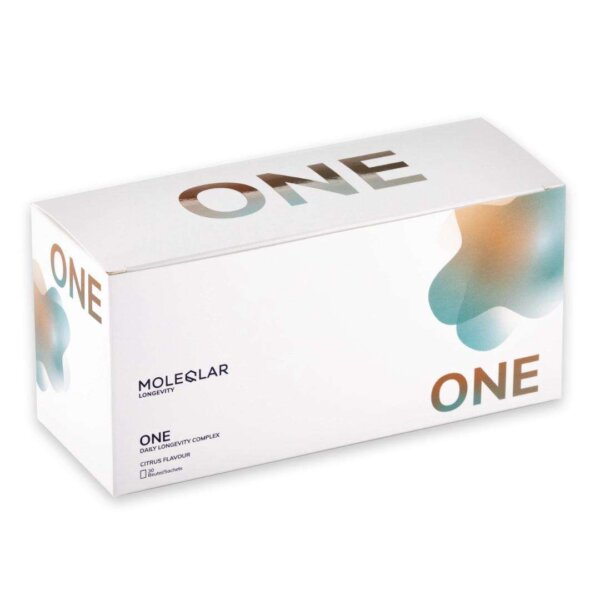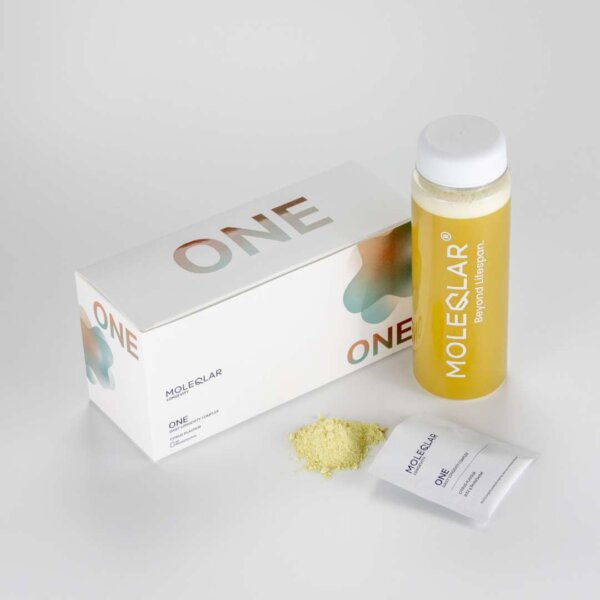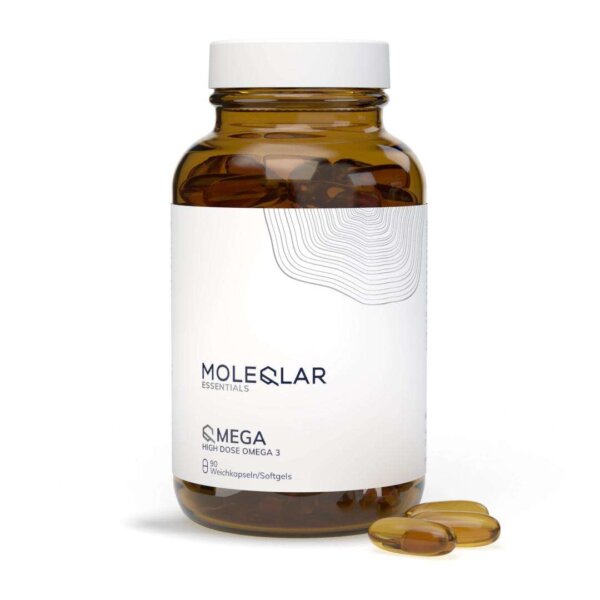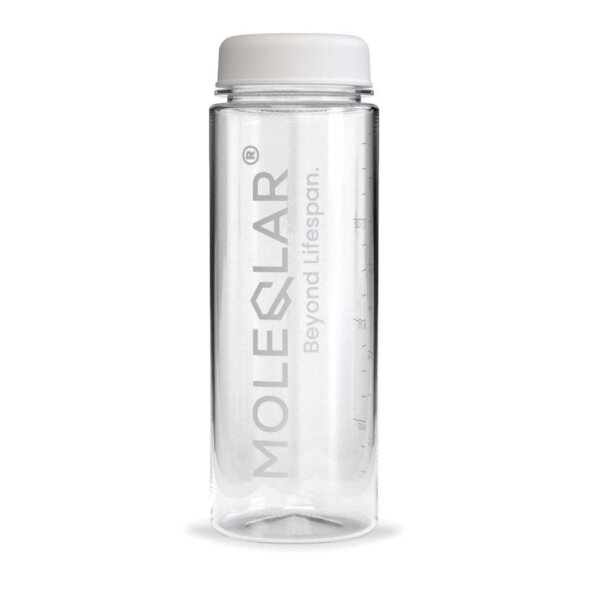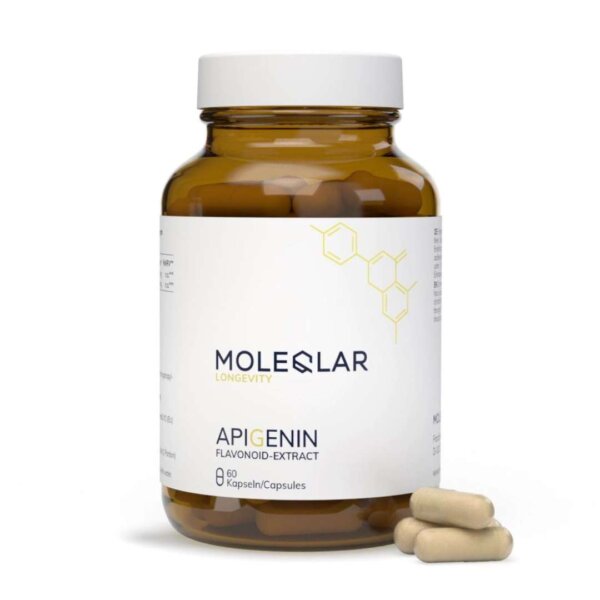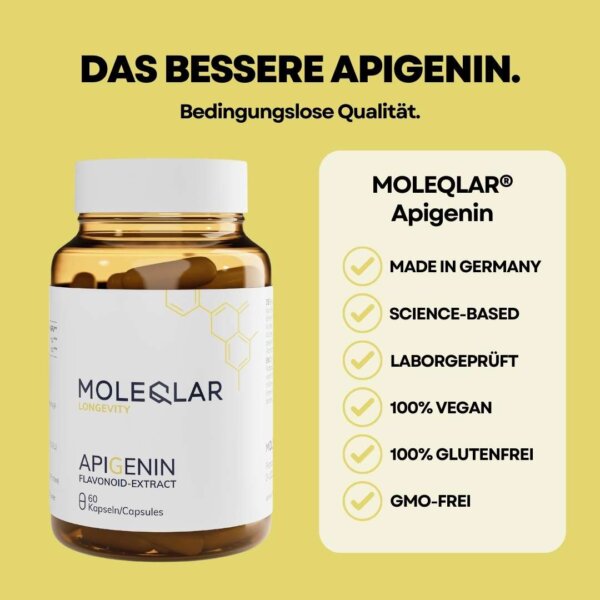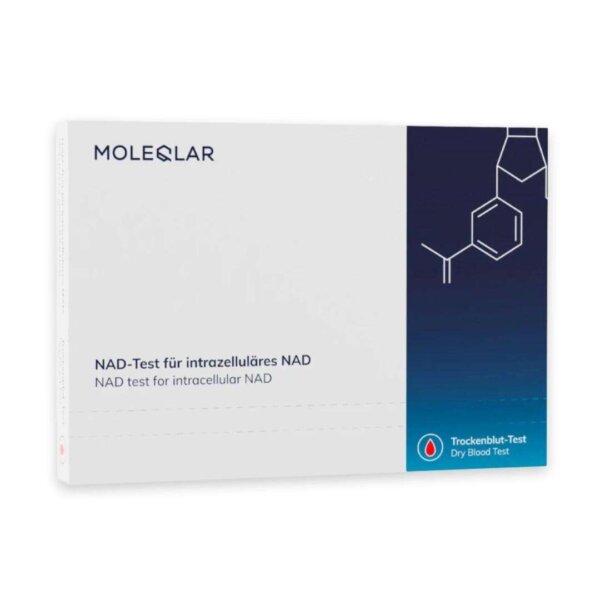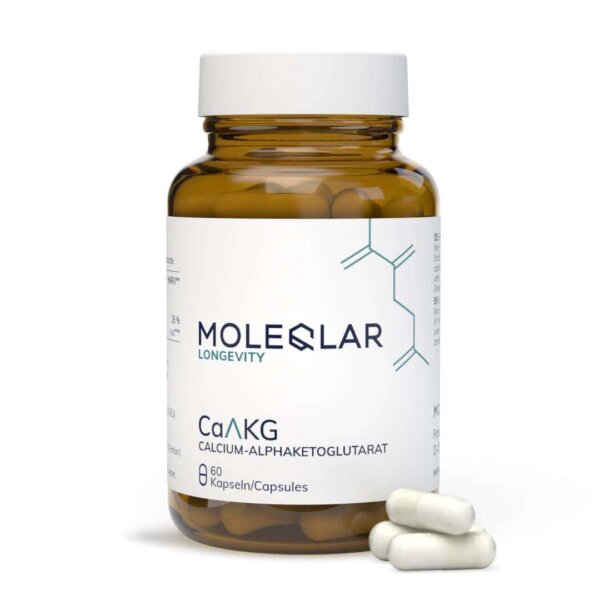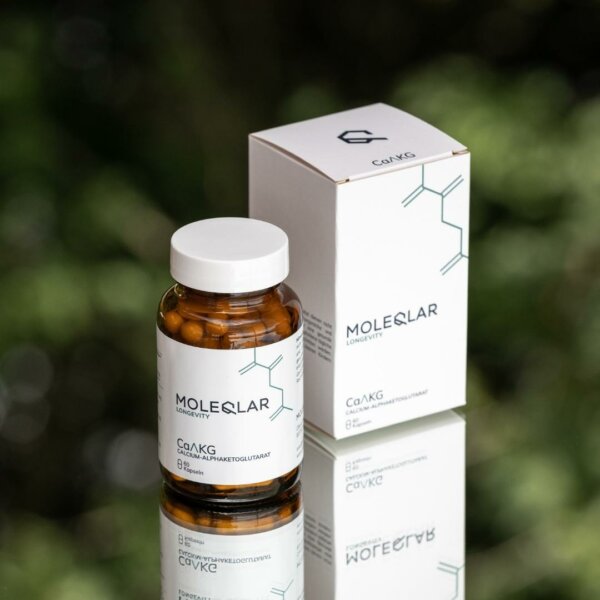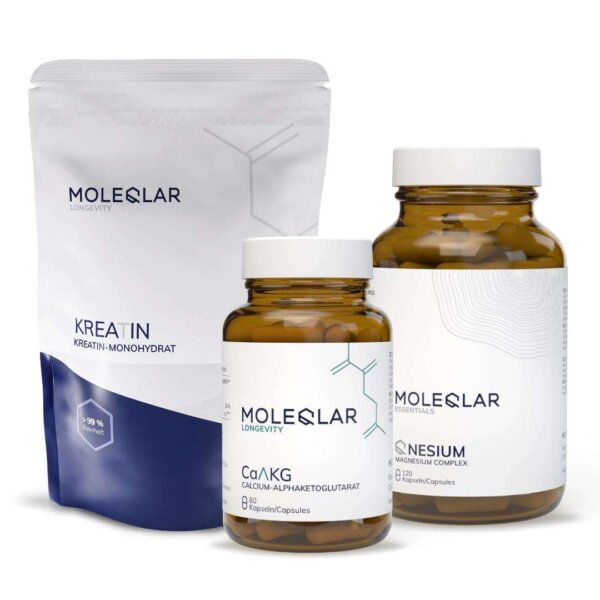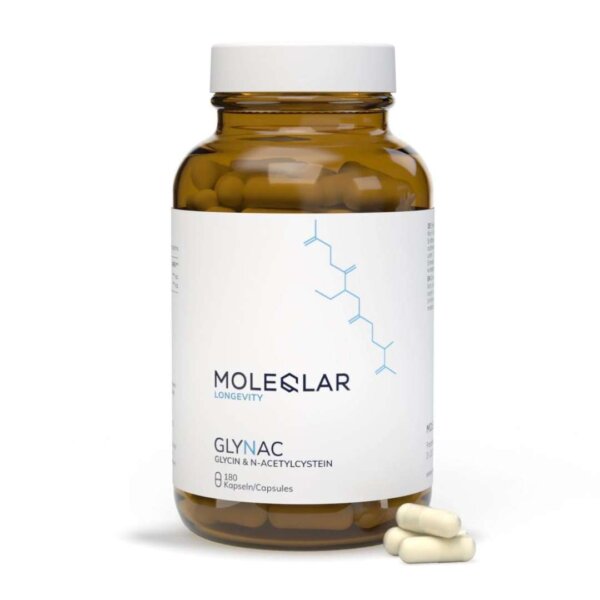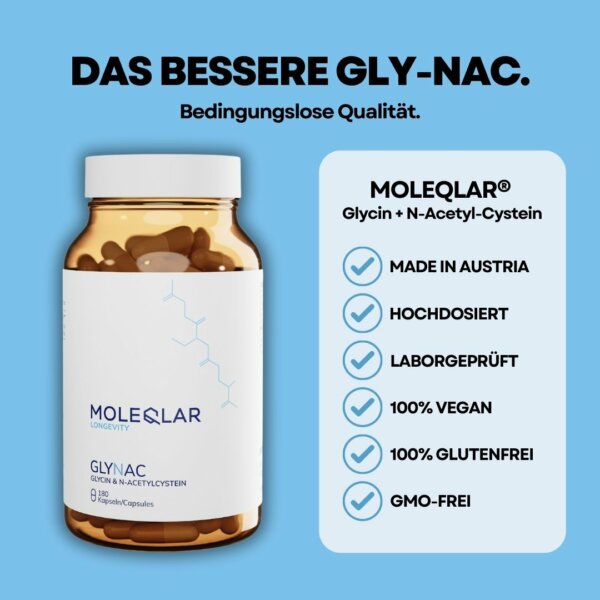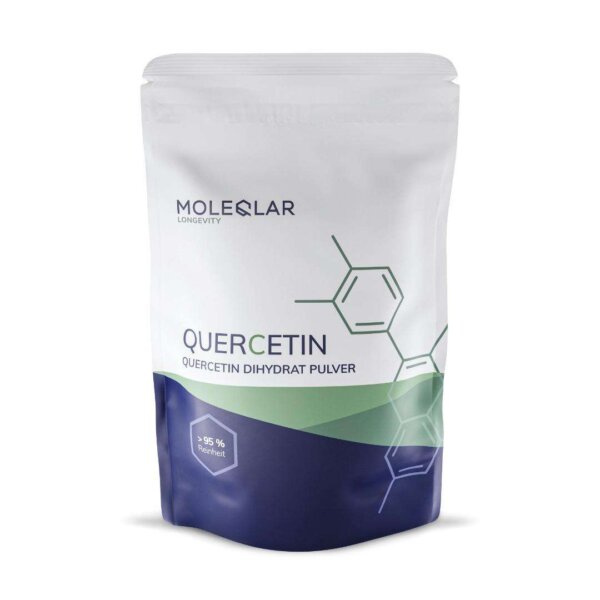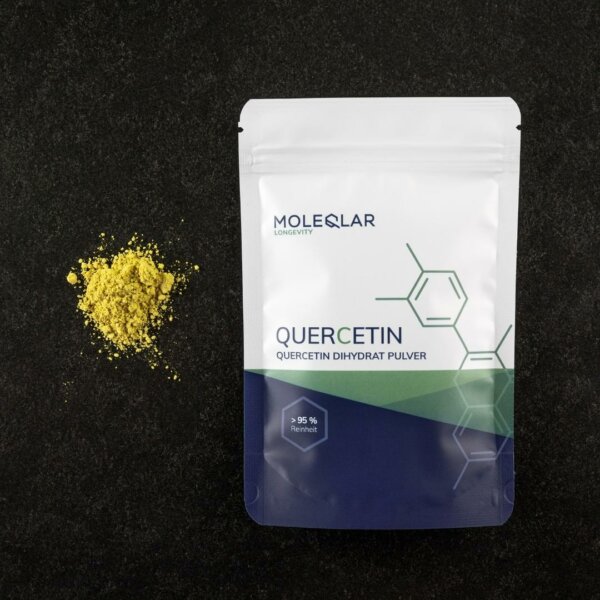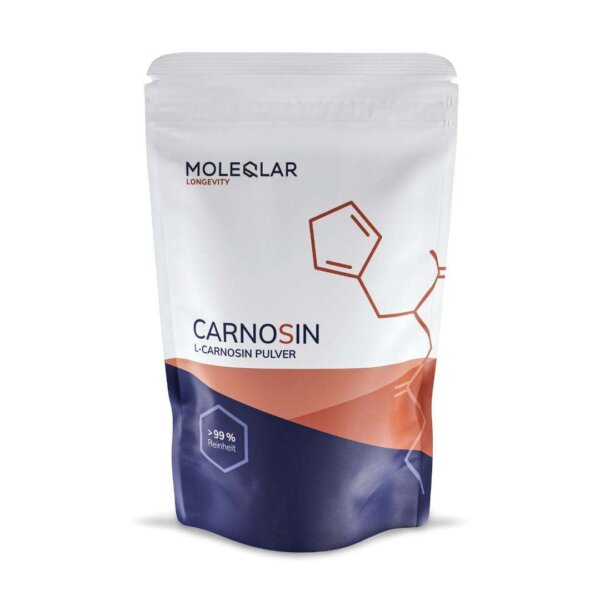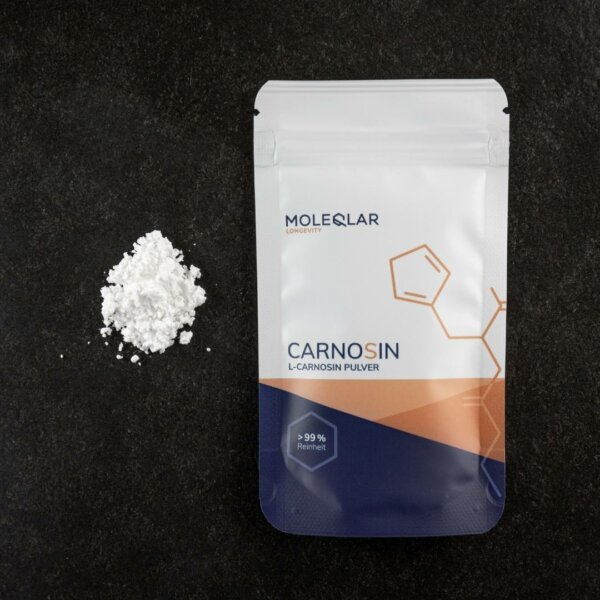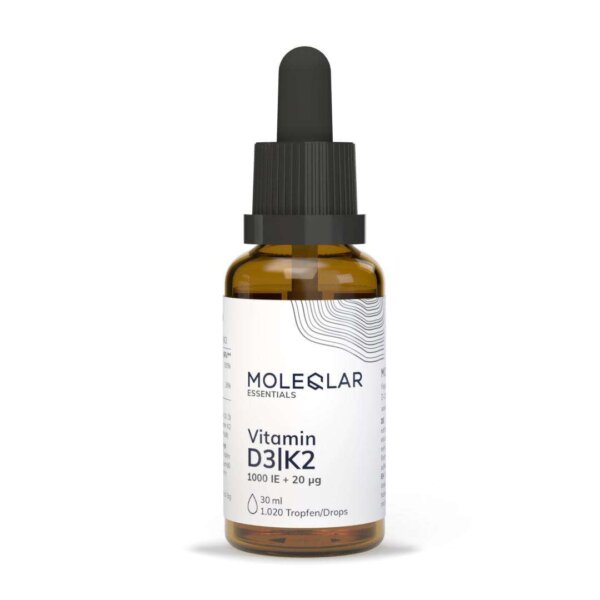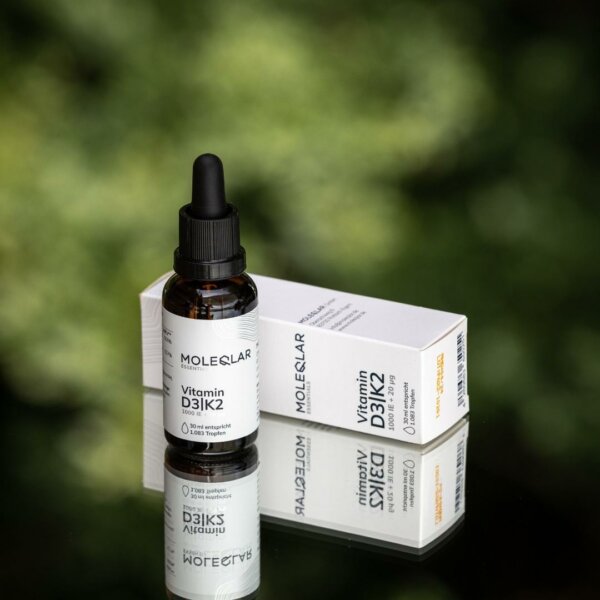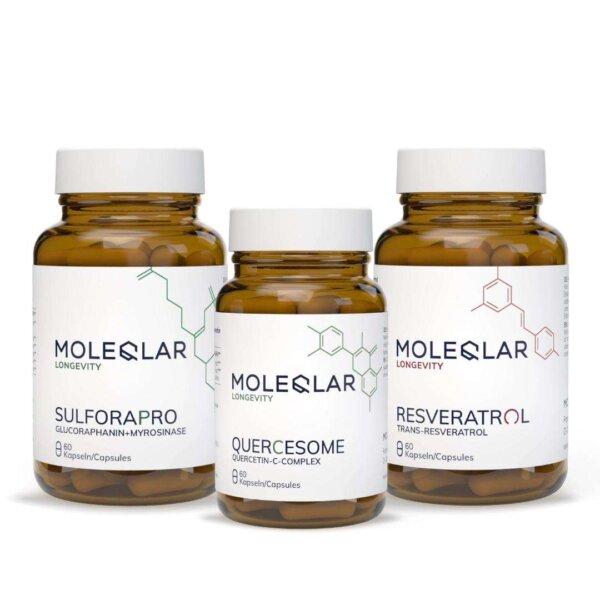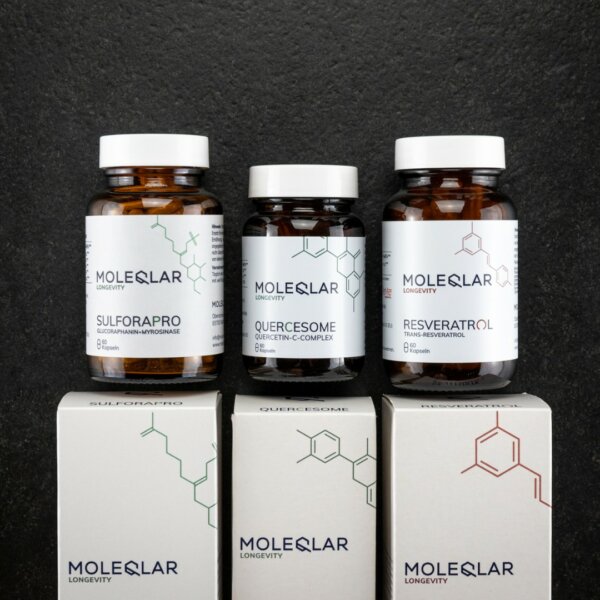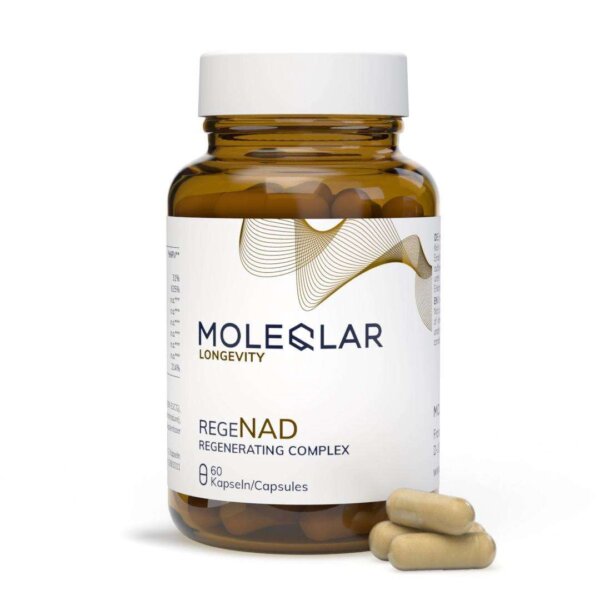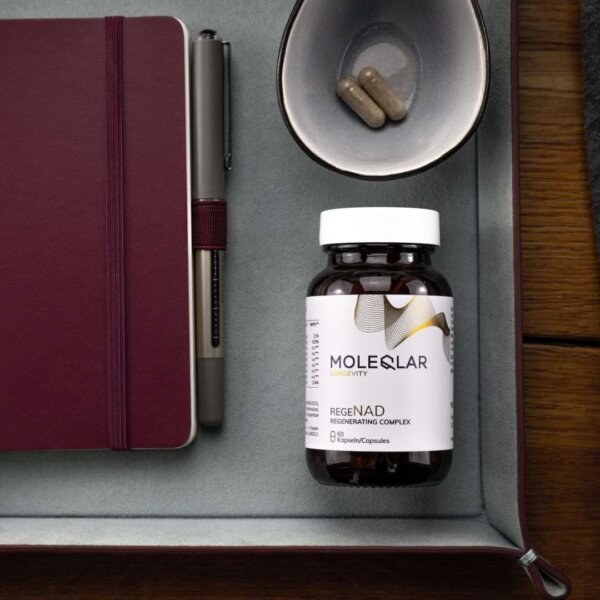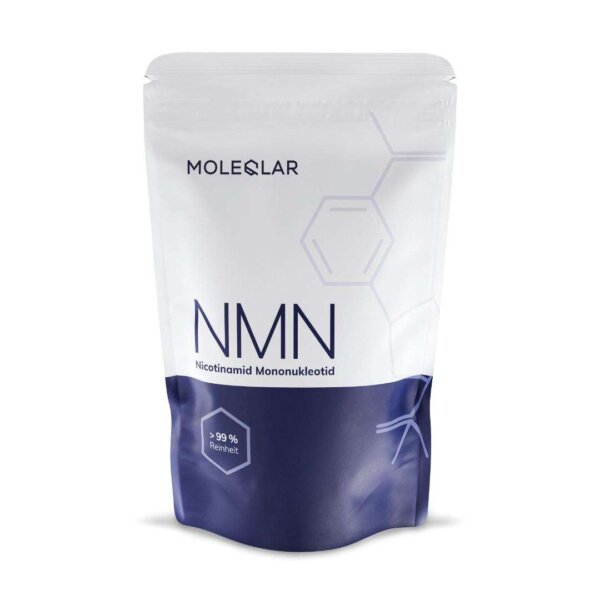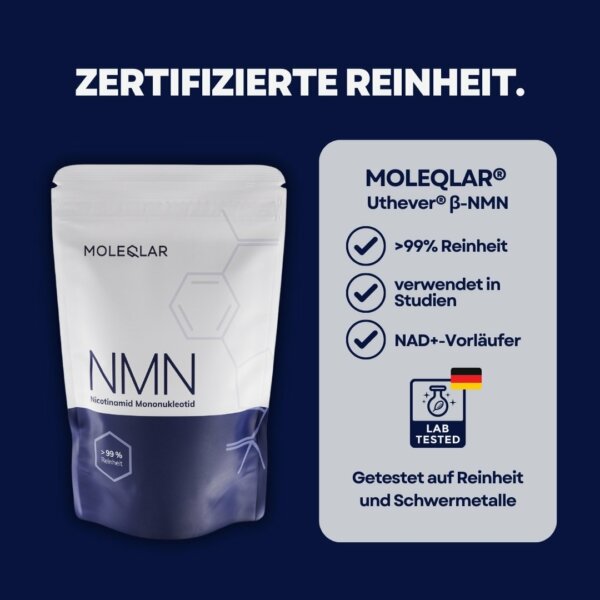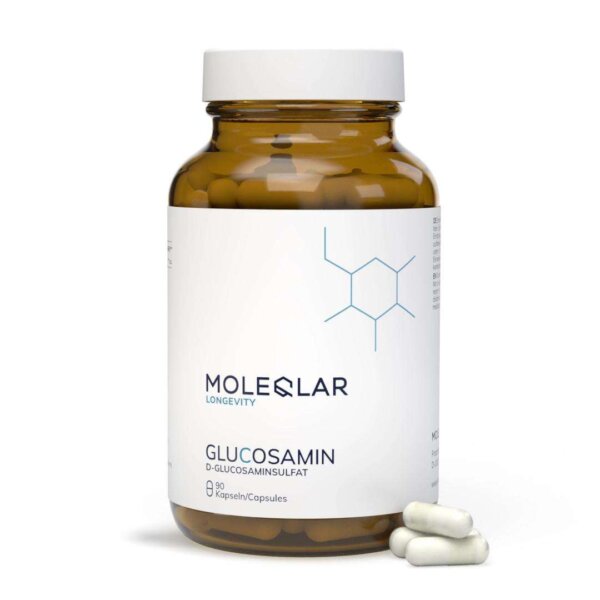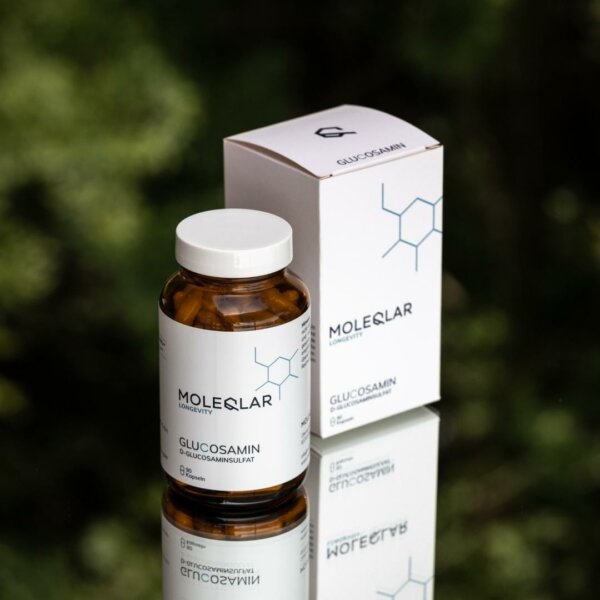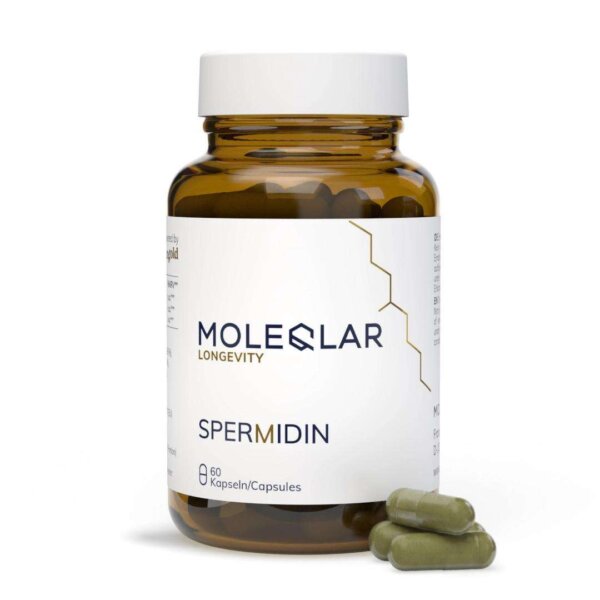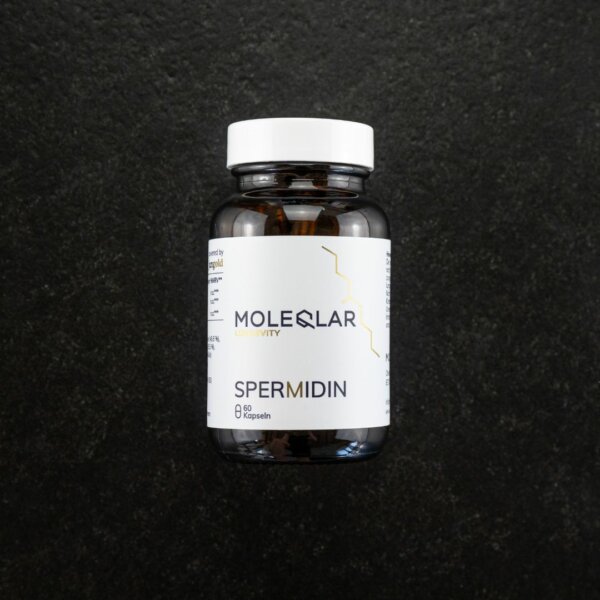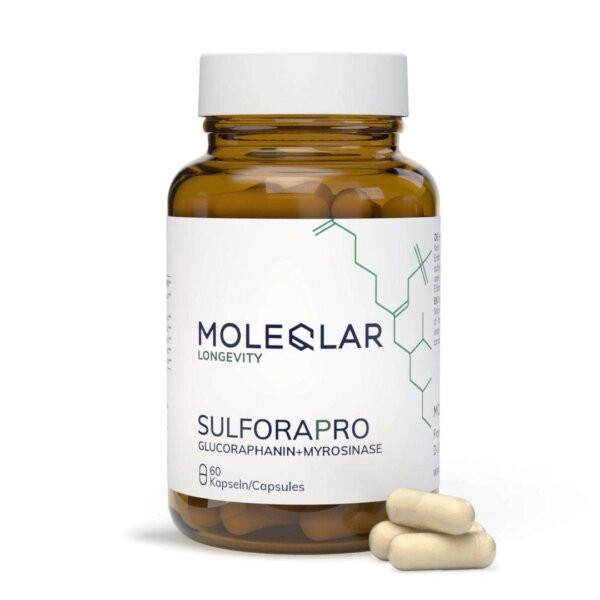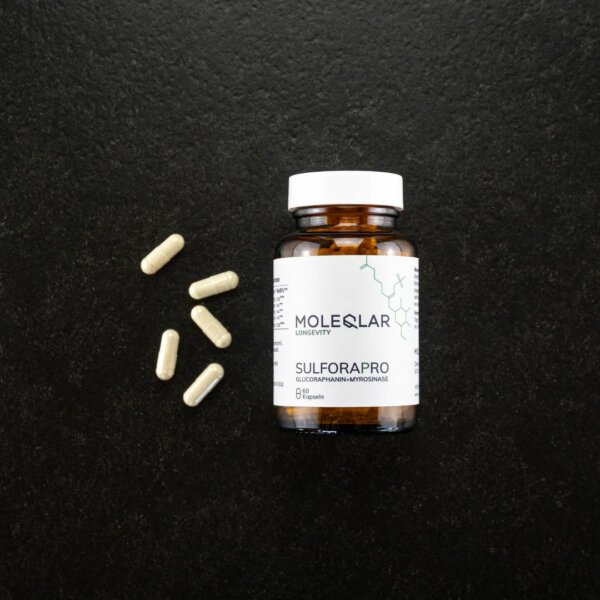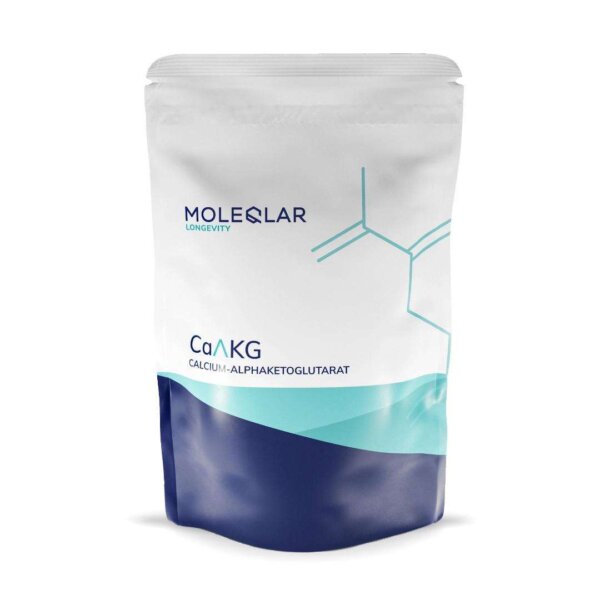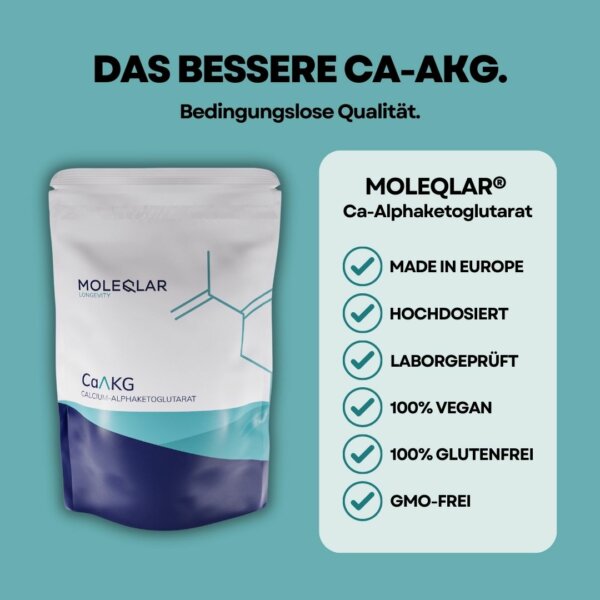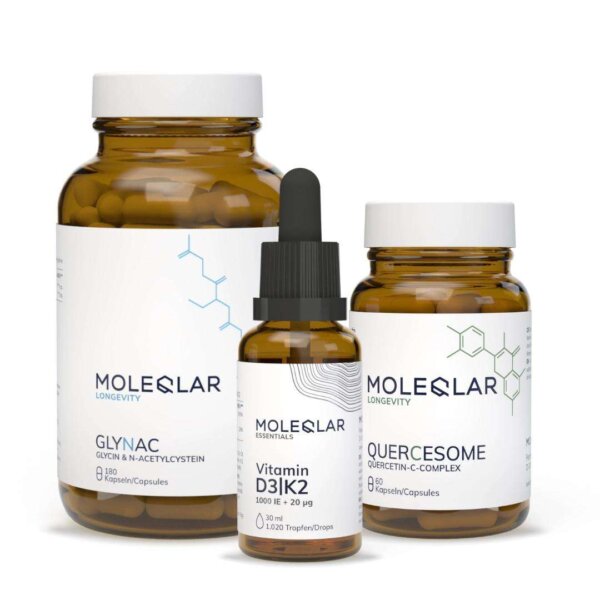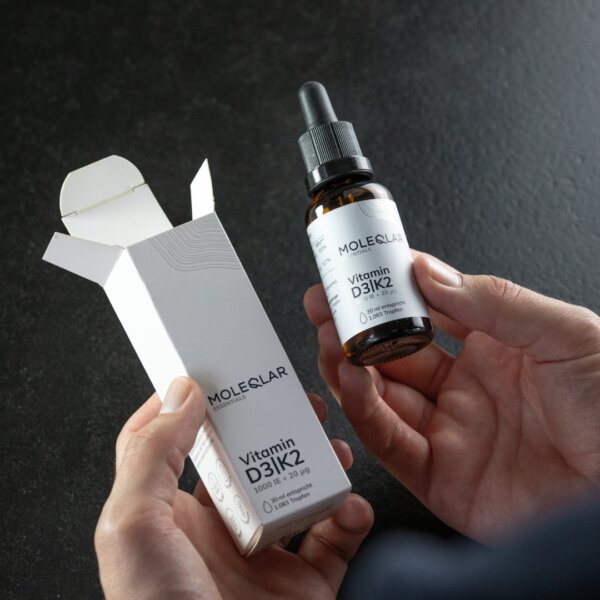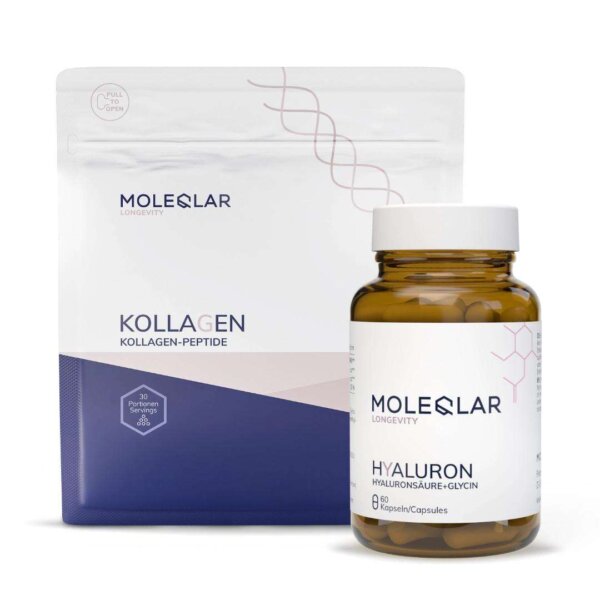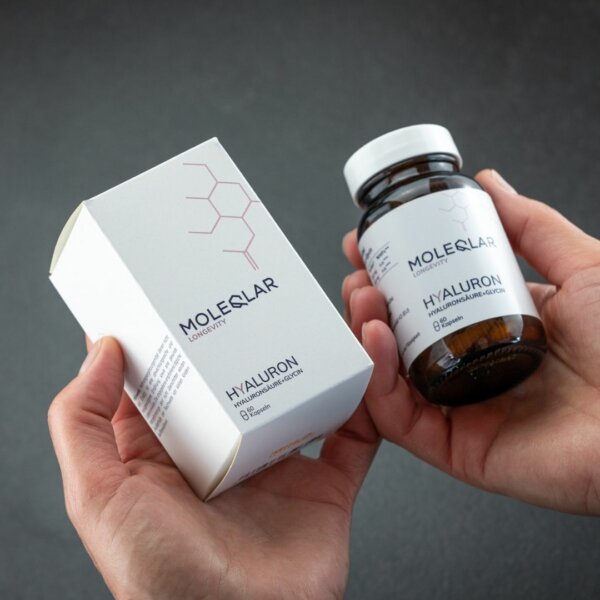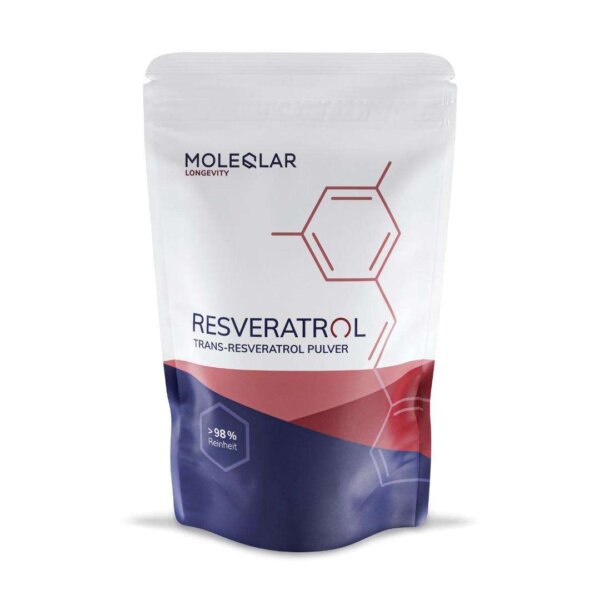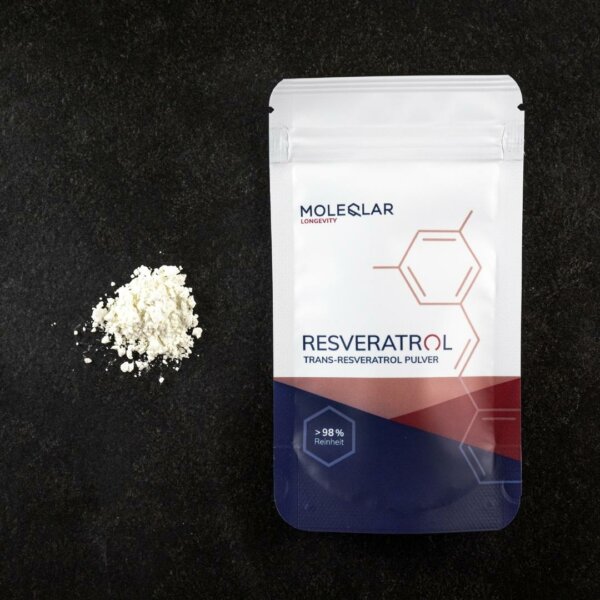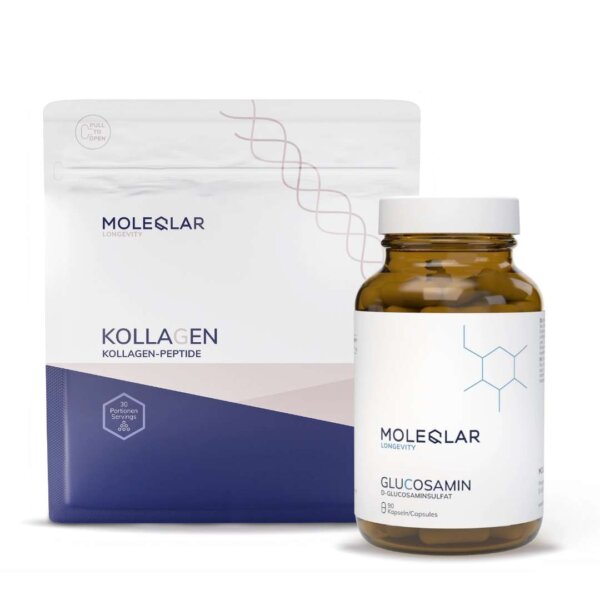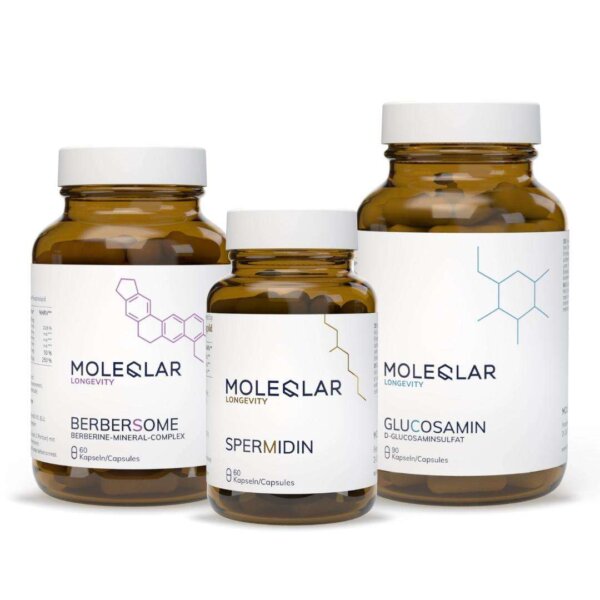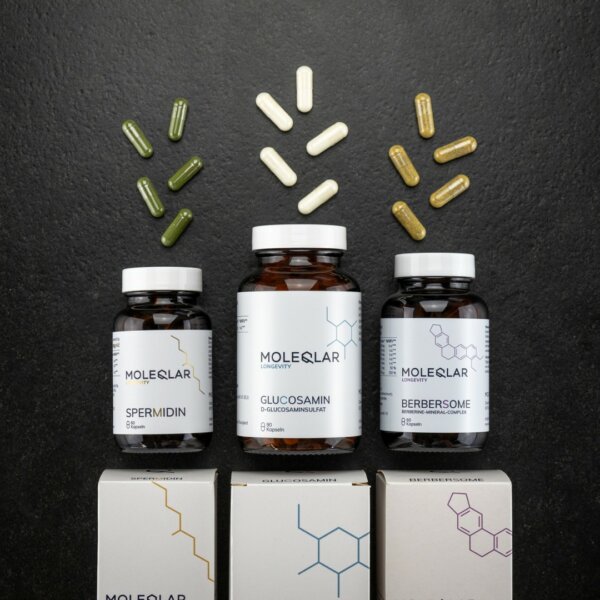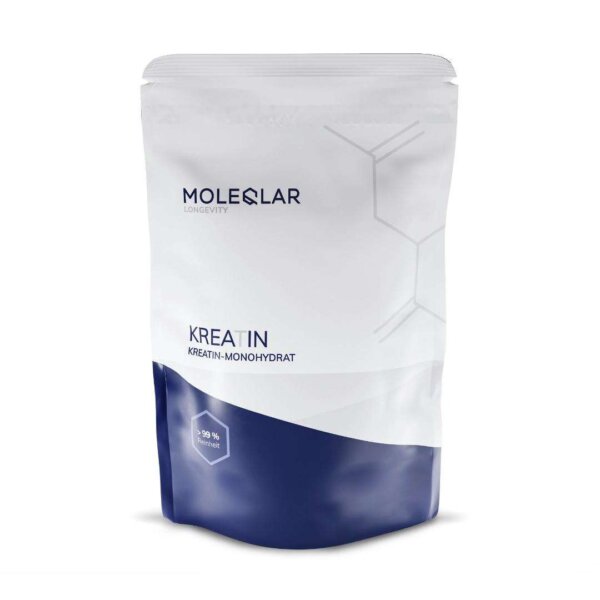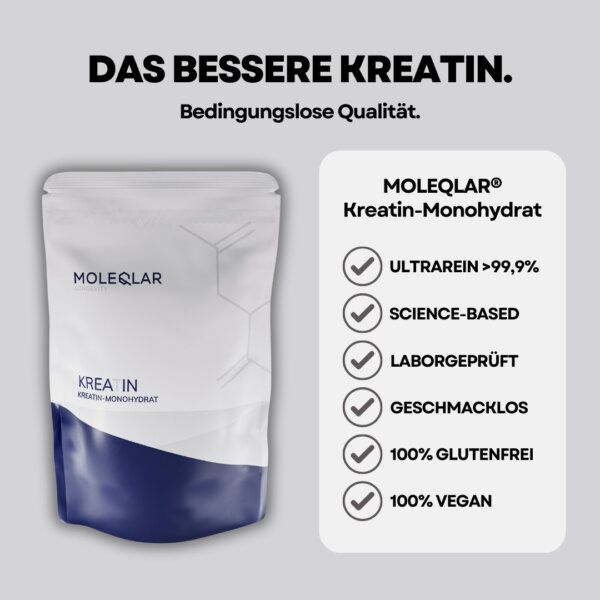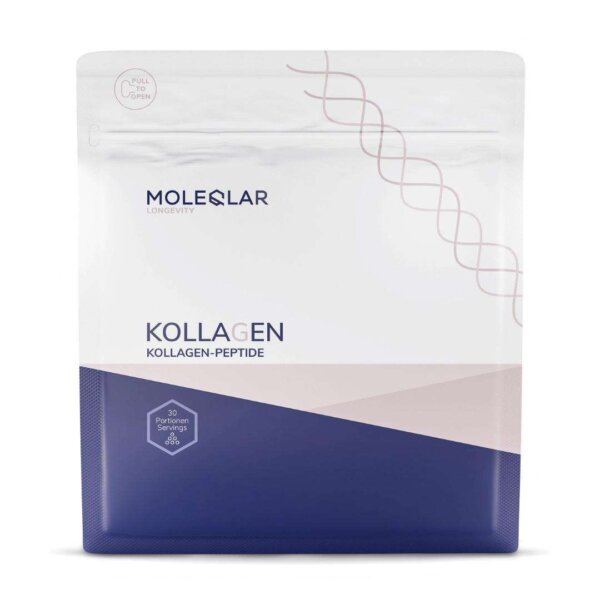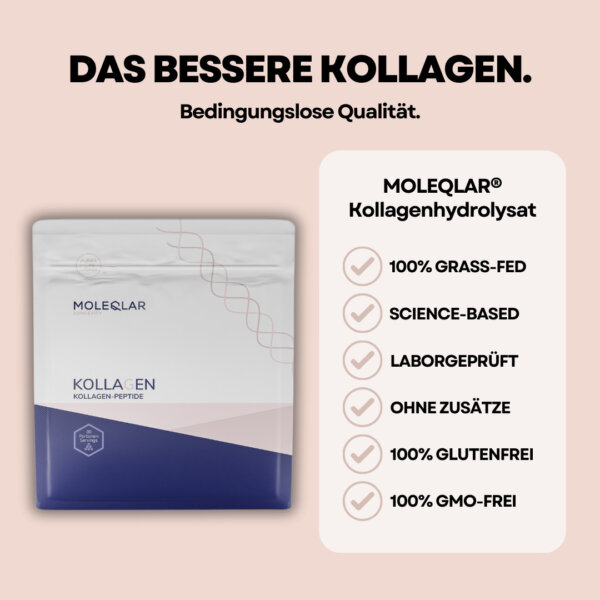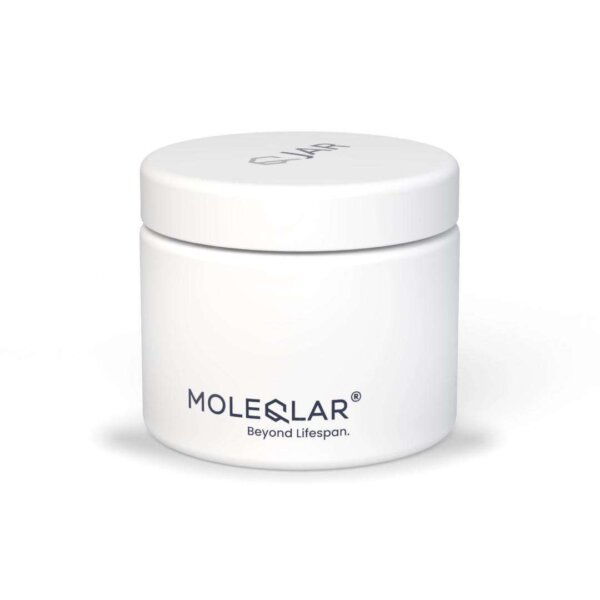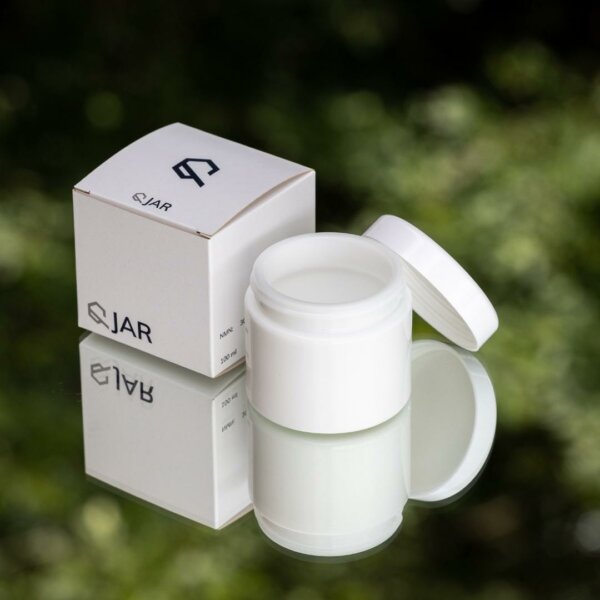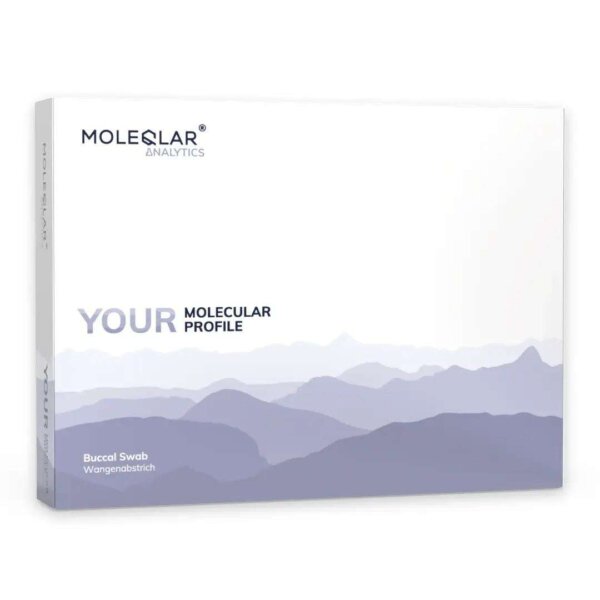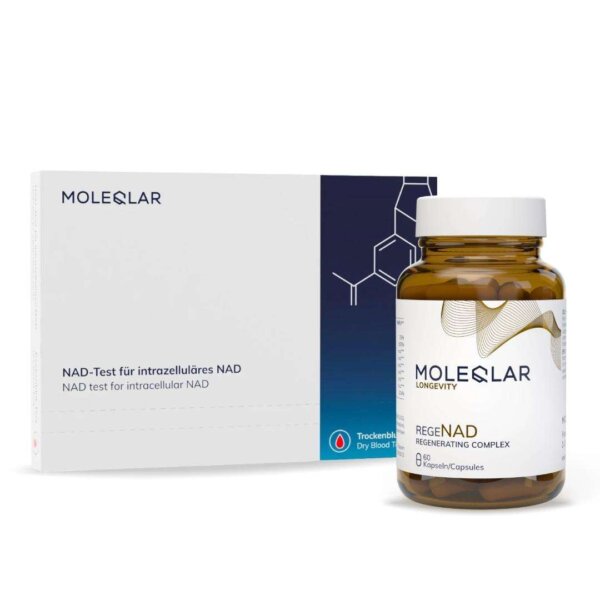Citrulline malate, also known as L-citrulline DL-malate, is a dietary supplement consisting of L-citrulline and DL-malate. It is often taken as a performance enhancement supplement by athletes and bodybuilders. Citrulline malate is believed to help increase the production of nitric oxide, which dilates blood vessels, increasing blood flow and oxygen transport to the muscles. Although further research is needed to confirm the actual effectiveness of citrulline malate, it has become popular with athletes due to its potential performance enhancement and recovery benefits.
What is the function of citrulline in the human body?
Nitric oxide (NO) plays an essential role in the dilation of our blood vessels (vasodilation), which is important for maintaining our cardiovascular health. However, as we age, cardiovascular health tends to decline and NO levels decrease, often leading to an increase in blood pressure. Therefore, boosting the body's own NO production can offer health benefits. This is where L-arginine and L-citrulline come into play, as both amino acids play a role in nitrogen metabolism. Despite the fact that L-arginine is the direct precursor of NO, supplementation with L-arginine has been shown to be less effective and can lead to more side effects. L-citrulline, especially in combination with malate, is better absorbed by the body and more effectively increases NO production.
This increased production of NO is also beneficial for your muscles. The improved blood flow allows them to develop more strength.
Did you know?
L-citrulline malate is one of the most exciting longevity molecules, which is why it is also found in the innovative MoleQlar ONE. The scientific composition covers all Hallmarks of Aging. If you want to find out more about the individual molecules, such as calcium-AKG or quercetin and their role in research, take a look at our overview of the ONE in more detail.
In which foods is citrulline malate contained?
Citrulline malate is not only available as a dietary supplement, but is also contained in some foods. Some examples are watermelon, cucumber, pumpkin and onions. However, it is important to remember that the concentration of citrulline malate in these foods is very low compared to supplements. For example, to get the same amount of citrulline as used in studies, you would need to eat 1.5kg of watermelon per day.
When is citrulline malate usually taken?
The intake time of citrulline malate depends on various factors, such as the type of training, the dosage and the individual needs of the body. In general, experts recommend taking citrulline malate 30-60 minutes before training in order to achieve its full effect.
Citrulline Malate and Longevity
Citrulline plays a key role in the urea cycle, where it helps detoxify ammonia in the body. It is also a precursor of arginine, another amino acid needed to produce nitric oxide (NO), a molecule that plays an important role in blood vessel relaxation and overall cardiovascular health.
With this in mind, one could theorize that citrulline malate could indirectly contribute to longevity by supporting overall health and wellness. Good cardiovascular health and efficient detoxification are important factors for a healthy lifespan.
However, it must be emphasized that this hypothesis has not yet been directly confirmed by scientific studies. Research on dietary supplements and longevity is a complex area and further studies are needed to fully understand the potential effects.
How much should be taken daily?
There is no uniform recommendation for the dosage of citrulline malate. Some studies have recommended 6-8 grams per day, while other studies have used doses of up to 15 grams per day. It is important to note that too much of the molecule can lead to unwanted side effects, such as nausea or diarrhea. It is recommended to start with a lower dosage and observe the effect before increasing the dose. It is also important to follow the manufacturer's dosage recommendations.
What side effects can occur from taking?
When taken at the recommended dose, citrulline malate is generally considered safe. However, some users may experience mild side effects such as stomach upset, nausea, and diarrhea. Pregnant and breastfeeding women, people with low blood pressure, and people with kidney disease should not take Citrulline Malate without consulting a doctor.
Conclusion
In summary, citrulline malate is a popular dietary supplement that contains L-citrulline and DL-malate. Citrulline is an amino acid that helps the body produce nitric oxide, which improves blood flow, reduces fatigue and promotes muscle recovery. Citrulline malate is often used by athletes and bodybuilders to enhance performance and improve muscle recovery.
Scientific studies have proven the effectiveness of citrulline malate in increasing athletic performance and reducing muscle soreness.
